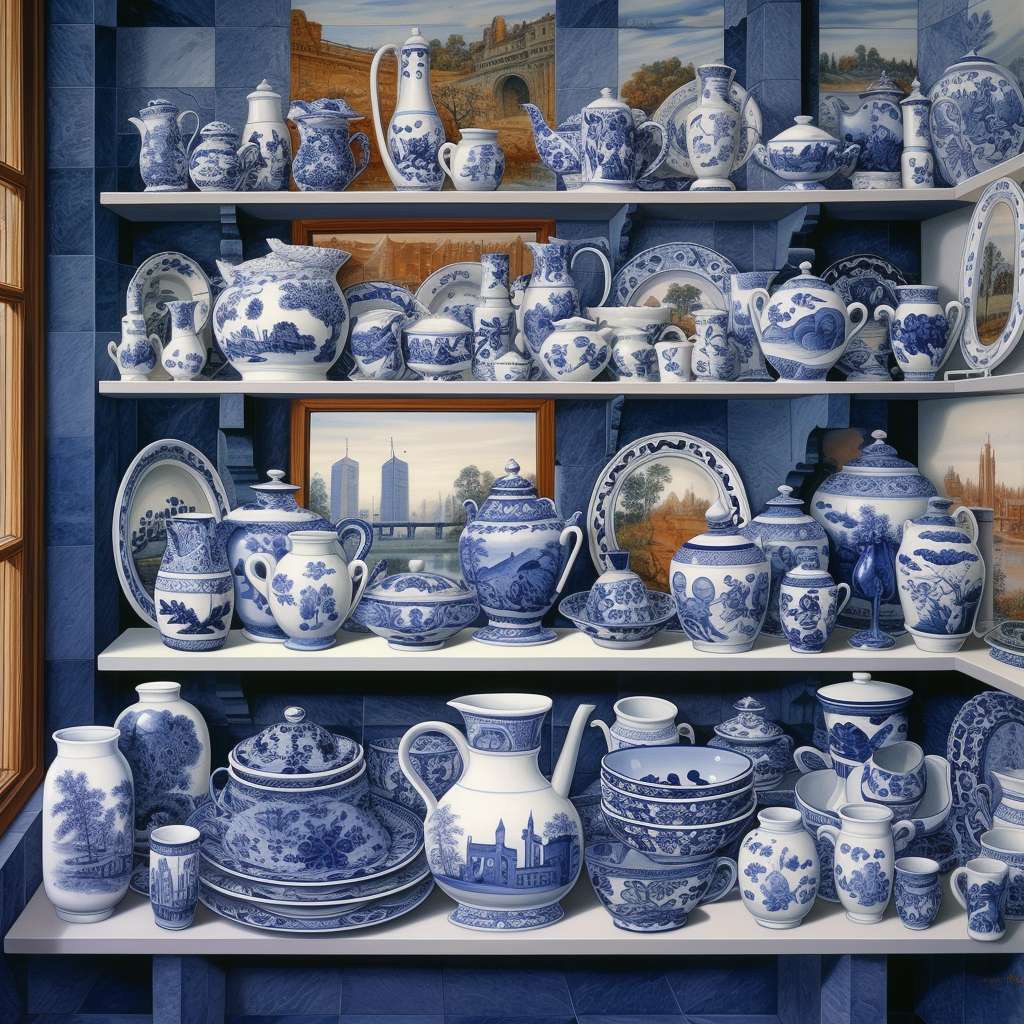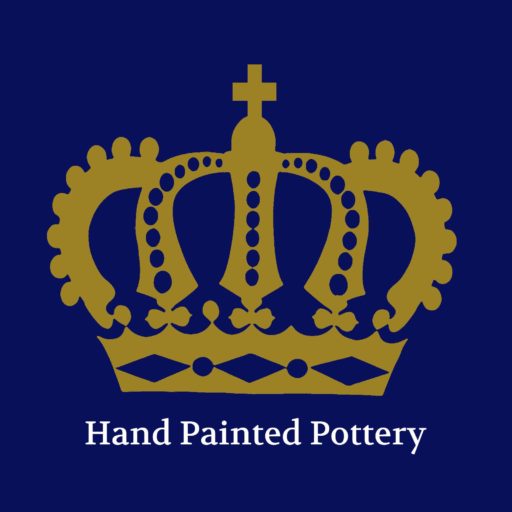Dear customers online sales have stopped for a week while we await new stock. Read about the production process | Free Shipping for all orders over £50
The Charm of Delftware: A Journey Through Art and History
The Charm of Delftware: A Journey Through Art and History
Introduction to Delftware
In the quaint city of Delft, nestled in the Netherlands, a unique form of art was born in the 17th century. Known as Delftware or Delft Pottery, this distinctive tin-glazed earthenware hand-painted pottery has enchanted the world with its simple yet captivating blue and white designs. Often referred to as Delft Blue (Dutch: Delfts blauw), it represents a pivotal chapter in the history of ceramics.
The Aesthetic of Delftware: Blue and White Pottery
The hallmark of Delftware is its striking blue and white palette, reminiscent of the serene Dutch skies and waters. This color scheme, achieved through the use of cobalt oxide, is not just a stylistic choice but a narrative in itself, telling tales from Dutch folklore to intricate floral patterns. The allure of these colors lies in their simplicity and the way they complement the delicate shapes of the pottery.
Geographical Roots: City of Delft, Netherlands
Delft, a charming city with a rich artistic heritage, became the epicenter of Delftware production. The city’s potters transformed the local pottery industry by adopting and refining tin-glazed techniques, making Delft a synonym for this exquisite art form. The streets of Delft still echo with the legacy of these craftsmen, and the city remains a pilgrimage site for ceramic enthusiasts.
Materials and Craftsmanship: Tin-Glazed Earthenware or Faience
Delftware’s beauty lies in its material – a type of faience or tin-glazed earthenware. This technique involves coating a clay object with a white glaze, which then serves as a canvas for the painter. The tin glaze gives Delftware its characteristic sheen and provides a perfect backdrop for the cobalt blue decorations.
Historical Context: 17th and 18th Centuries
The golden age of Delftware was undoubtedly the 17th and 18th centuries. During this period, the demand for these pieces soared, not just in the Netherlands but across Europe. The designs evolved from simple floral motifs to more complex scenes and patterns, reflecting the artistic trends and societal changes of the time.
Cultural Interactions: Chinese Porcelain Influence
The story of Delftware is incomplete without mentioning its inspiration – Chinese porcelain. The Dutch East India Company imported vast quantities of this porcelain, which captivated the Dutch with its delicate beauty. When political turmoil in China disrupted this trade, Dutch potters saw an opportunity. They began to produce their version of this porcelain, leading to the birth of Delftware.
Economic and Trade Factors: Dutch East India Company
The Dutch East India Company played a pivotal role in the development of Delftware. By importing Chinese porcelain, they not only influenced the aesthetic preferences of Europe but also inadvertently set the stage for the creation of an indigenous form of pottery that would become a global phenomenon.
Variety and Forms: Types of Delftware
Delftware is not limited to any specific form. From plates and vases to tiles and figurines, the versatility of Delftware is evident in its wide array of objects. Each piece is a testament to the skill and creativity of its maker, with some featuring intricate landscapes and others adorned with simple yet elegant designs.

Production Techniques: Delftware Techniques
The production of Delftware is a testament to the mastery of Dutch potters. The use of high firing temperatures and cobalt oxide for the blue decorations are techniques that require precision and skill. These methods give Delftware its durability and distinctive look, setting it apart from other forms of pottery.
Legacy and Continuation: Koninklijke Porceleyne Fles
Among the few remaining original Delftware factories, Koninklijke Porceleyne Fles stands out. Founded in the 17th century, it continues to produce Delftware, preserving the traditional methods and designs. This factory is not just a production house but a symbol of the enduring legacy of Delftware.
Rounding up
Delftware, with its rich history and timeless beauty, continues to captivate the world. Its journey from a local craft to an internationally acclaimed art form is a story of innovation, cultural exchange, and artistic excellence. As we admire a piece of Delftware today, we are not just looking at a beautiful object but a piece of history, crafted by the skilled hands of artisans who have kept this tradition alive through centuries.
